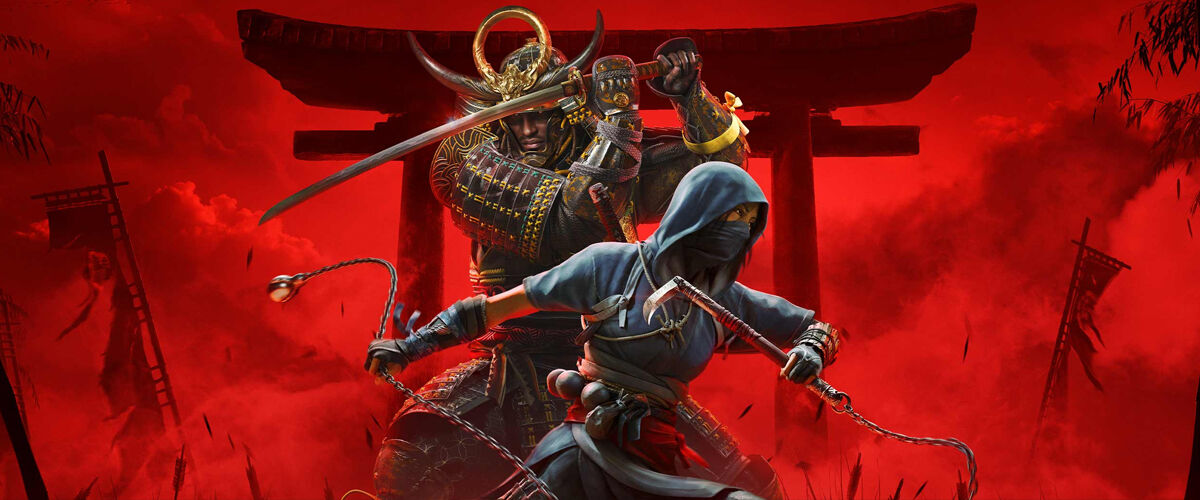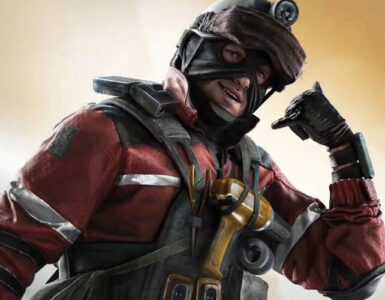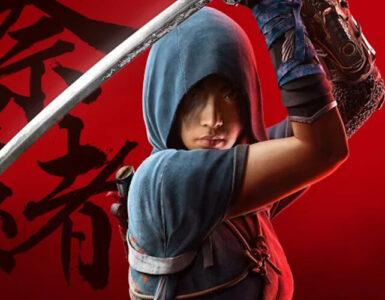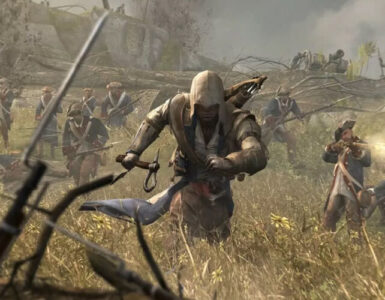Nothing is true, everything is permitted.
So goes the motto of the Assassin’s creed, and developer Ubisoft has wholeheartedly embraced the latter half over the years with its tentpole Assassin’s Creed franchise, thrusting players into an ever-expanding array of ancient locales and periods that feed into the historical fiction experience. From Renaissance Italy to the Ptolemaic period in Egypt and most recently, the Islamic Golden Age in 9th-century Baghdad, there’s no shortage of period-accurate playgrounds for fans of the stealth, action-adventure series to immerse themselves in.
Despite this, a particular setting remained surprisingly absent and has become one that had been much requested since the series’ humble beginnings, especially due to its relevance to the concept of assassins and emphasis on stealth – feudal Japan. It’s been a long time coming, and Assassin’s Creed Shadows has finally made this wish a reality after 18 long years, with the series marking an ambitious step forward by offering its first true dual-protagonist experience that promises two distinct playstyles, catering to both fans of the original games’ stealth-focused nature, and the RPG stylings of the recent releases.
Ubisoft’s lofty ambitions have paid off in many ways, starting with more than just a fresh coat of paint. Assassin’s Creed Shadows is not only the best-looking entry in the franchise, but it also marks a return to form for the series in terms of exploration, parkour and satisfying combat action. These advancements do come at a price, however, as its strict adherence to its dual playstyle mechanics inadvertently leads to a loss in the flexibility seen in past titles, resulting in a game that feels uncertain of what it wants to be.
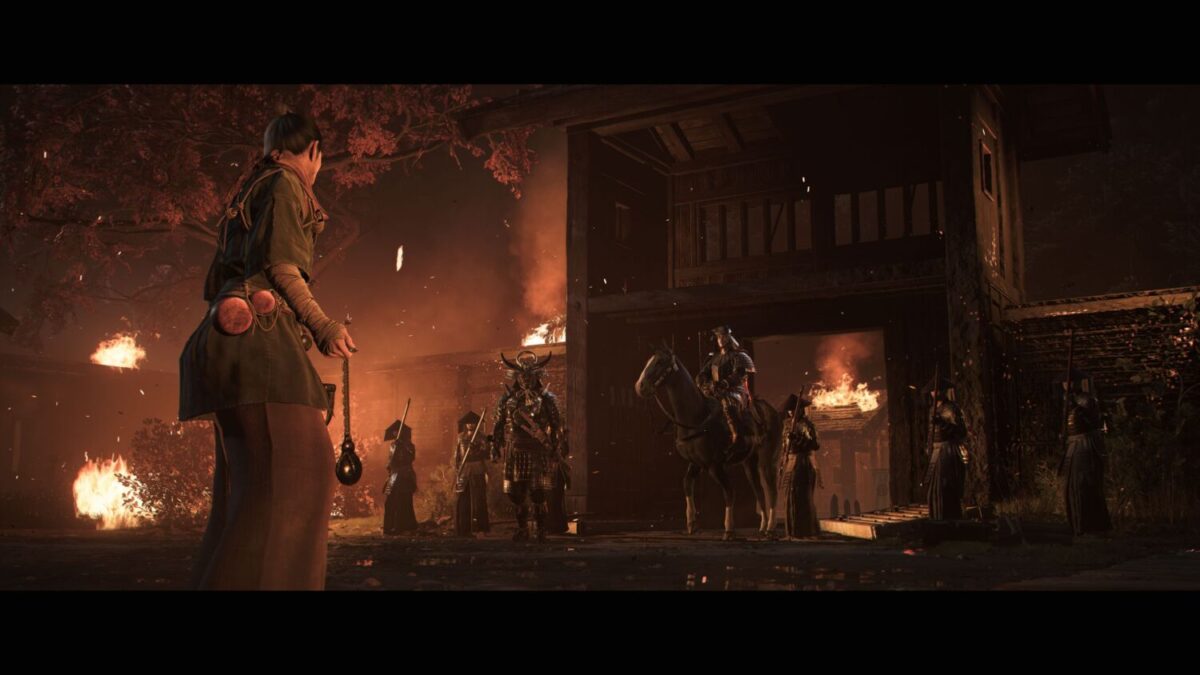
Set in the late 1500s, Assassin’s Creed Shadows takes place during the tail end of the Sengoku or Warring States period, marked by intense civil war and social unrest. The game follows the tale of its two protagonists, the samurai Yasuke and the shinobi Naoe, each a part of opposing ends of an ongoing conflict, who must come together despite their differences to face a common enemy who threatens the very foundations of the country.
Inspired by the tales of the real-life historical samurai of African origin, Yasuke’s story is not only a fictionalised retelling of his humble beginnings as a slave-turned-samurai, but also a reimagining of his life after the Honnō-ji Incident of 1582. Originally arriving in Japan in the service of the Jesuit missionary Valignano, Yasuke’s massive stature and unique appearance attracted the attention of the powerful daimyō Oda Nobunaga, who took him in and made him a samurai, not only giving him his name but also his status as a trusted retainer.
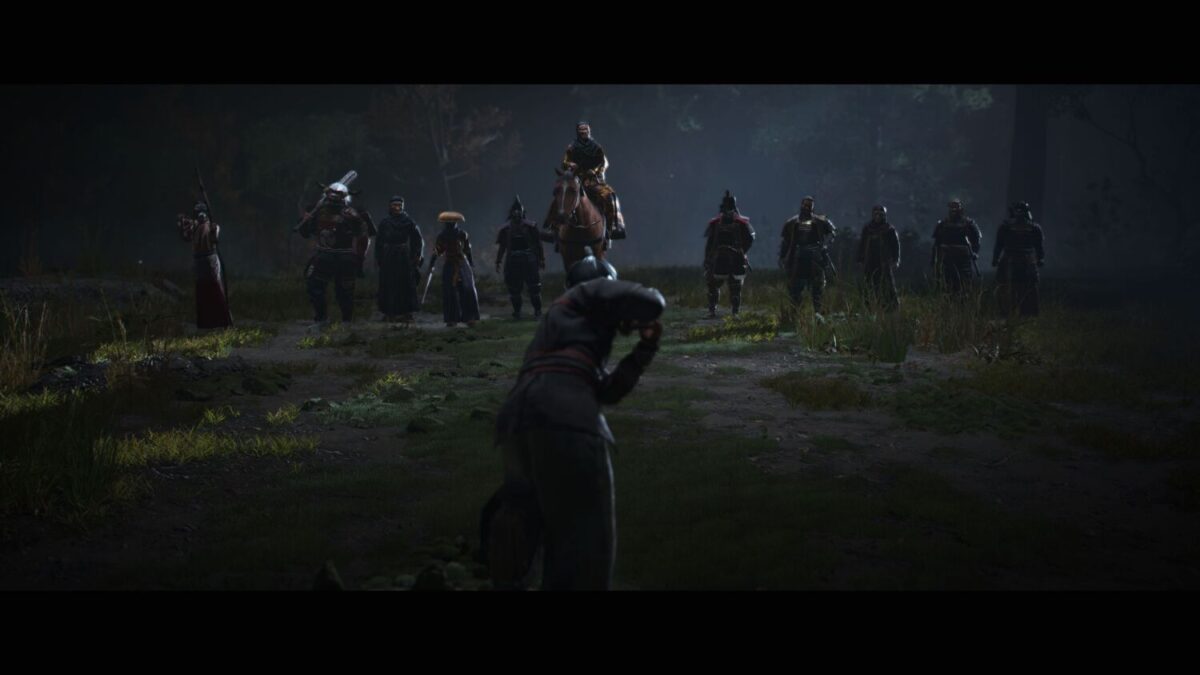
In 1581, Nobunaga and Yasuke take part in a massive invasion of the Iga province, introducing players to the game’s second protagonist, Fujibayashi Naoe, an Iga shinobi tasked with securing a mysterious box by her father Nagato. Things quickly go awry, as Naoe and her father are ambushed by a mysterious third party, a group of eleven masked samurai known as the Shinbakfu, who escape with the box leaving Naoe for dead in the process. Overwhelmed with a desire for revenge, Naoe sets on a bloody path to eliminate the Shinbakfu, gathering allies like Yasuke, himself driven to right certain wrongs, forming a league of their own known as the Kakushiba Ikki.
While its revenge plot is serviceable, it is certainly not spectacular because the franchise itself has strong foundations in the revenge cliche, though this outing does benefit from the authenticity of its writing and dialogue, as well as the believable forged relationships among its leading cast of characters, especially Naoe and Yasuke. Despite hailing from opposite sides of the war and world, their developing friendship is easy to root for, with a refreshing dichotomy between the two which defies common gender stereotypes, with Yasuke often presenting the voice of reason to Naoe’s initial bloodlust.
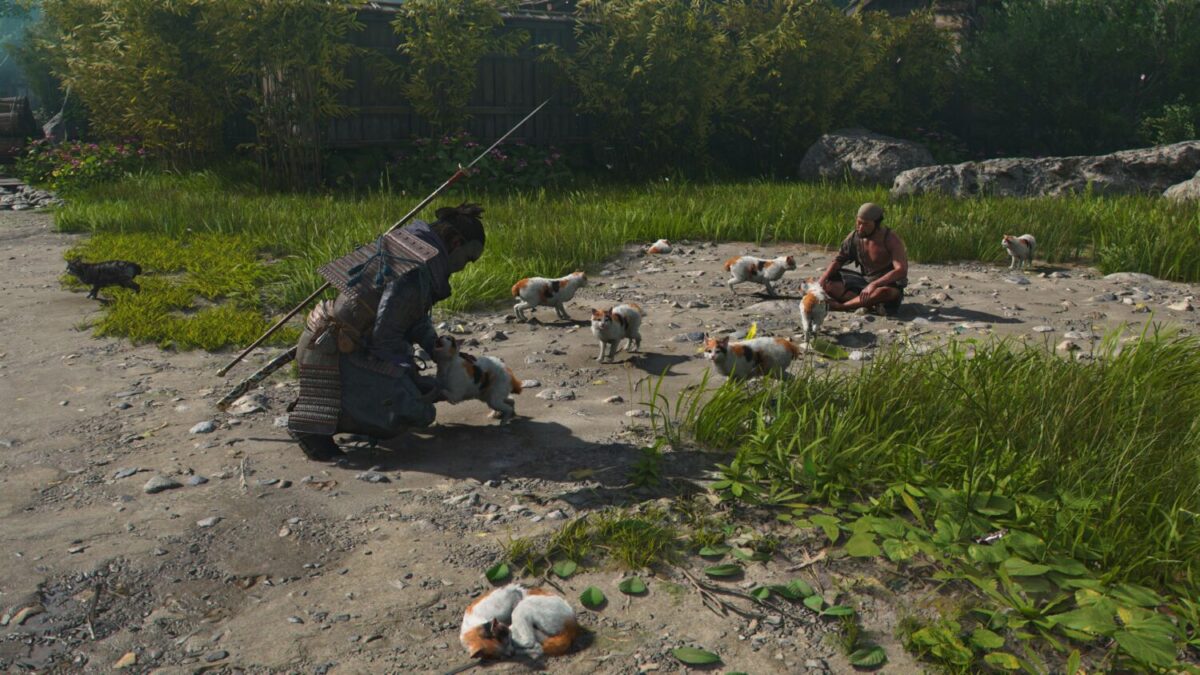
Storytelling is further supplemented by the various voice talents who, for the most part, deliver an immersive world-building, with main characters and the various non-player characters (NPCs) imbued with just the right amount of accented flair, without making spoken dialogue and expressions sound overly stereotypical. This is often enhanced by Japanese phrases mixed in, to offer that extra touch of authenticity, although this can’t be said for every single character, with the most notable offender being Japanese actor Mackenyu’s small role as Gennojo, a womanising rogue who laughably speaks with a fluent, almost Australian-like accent in 15th and 16th century Japan, which doesn’t fit well with the rest of the voice talents, although minor gripes like this don’t damper the overall narrative experience.
Following in the same RPG-heavy footsteps of every main game since 2017’s Assassin’s Creed Origins, returning fans should have little problem getting used to Assassin’s Creed Shadows’ core gameplay systems. Players are once again let loose in a sprawling open world, tasked to hunt down named targets in whatever order or manner they choose. But this doesn’t mean that fans should expect a carbon copy of the gameplay that came before as this latest entry offers up some welcome changes to the game’s overall structure.
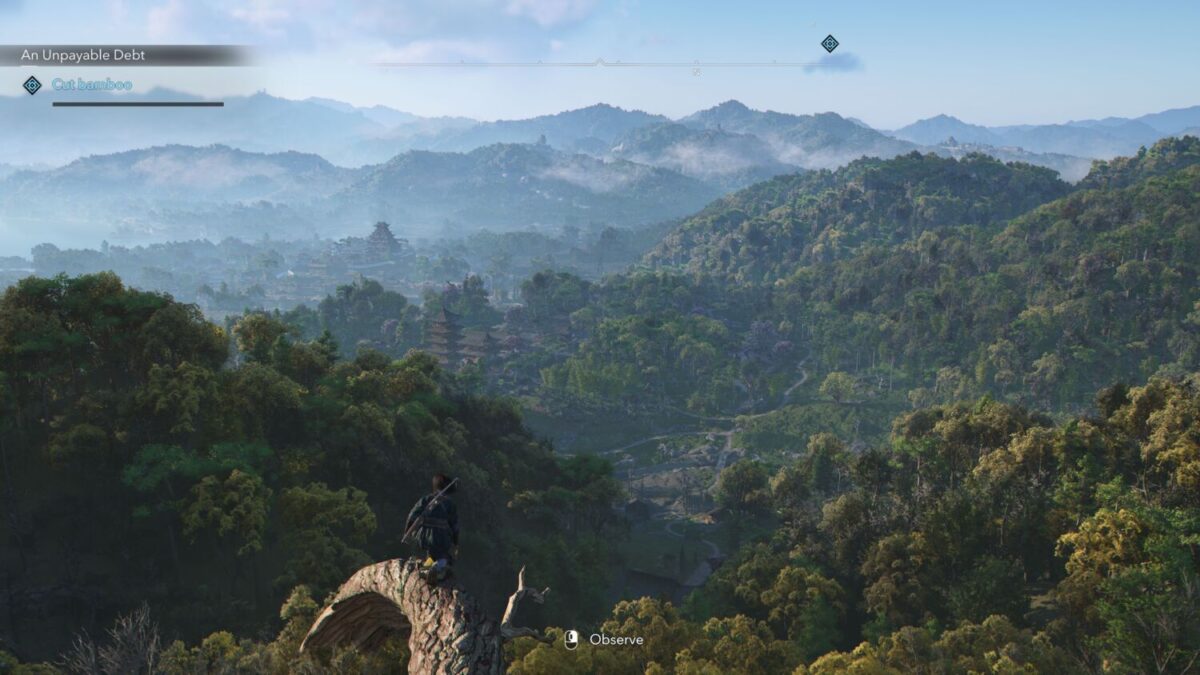
A major criticism of RPG-era Assassin’s Creed titles, as opposed to the earlier, action-adventure ones, has been the issue of bloat. This is the game’s process of filling the game’s map with a checklist of things to do and strike off, purely for progressing characters in terms of level and gear, but without providing meaningful exploration. This issue isn’t so much eradicated in Assassin’s Creed Shadows as it is streamlined, offering a more manageably-sized map (comparable to that of Origins) consisting of nine mostly landlocked regions, which reduces the amount of time spent simply travelling on horseback from place to place without any meaningful discoveries.
Gear acquisition has also been improved, unlike in 2020’s Assassin’s Creed Valhalla where high-quality gear would often be scattered around the world, making it somewhat a chore to find and collect them all. Instead, legendary items are now tied to specific missions or side activities and are clearly laid out in the corresponding overview on the map, giving every activity an appropriate reward to work towards.
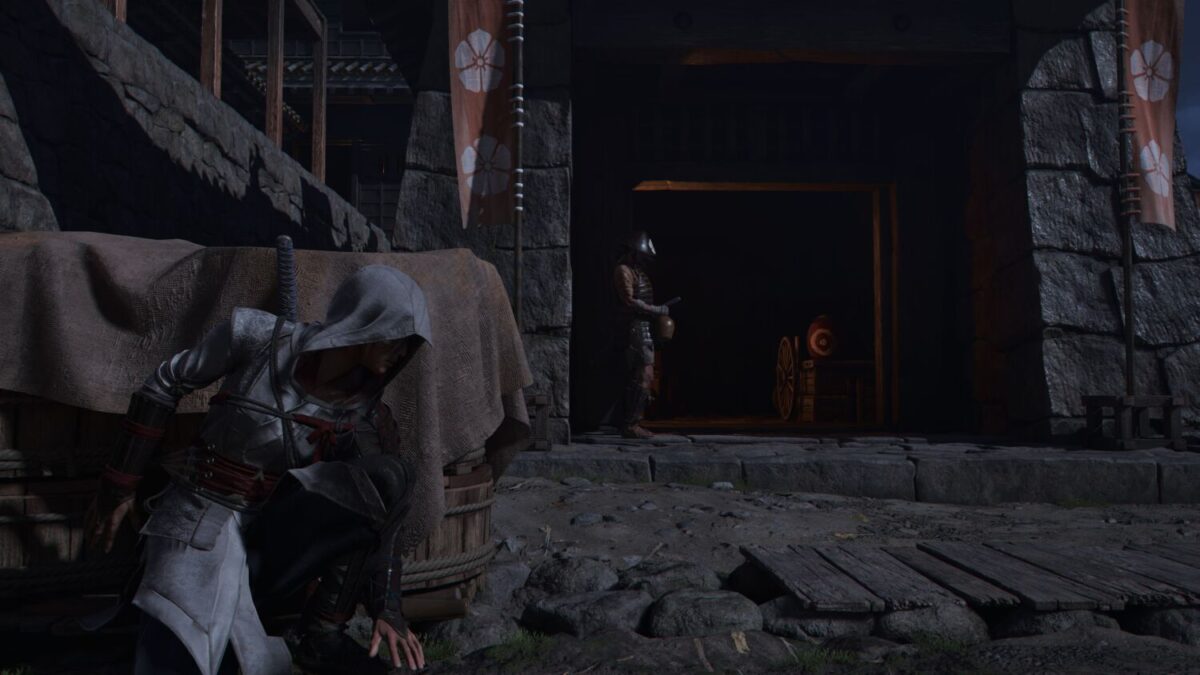
Embarking on the quest to defeat the Shinbakfu, players are presented with the choice of controlling its two protagonists, Yasuke and Naoe, and are able to tackle each challenge with either character that fits their playstyle. Unsurprisingly, the massive Yasuke adopts the tankier, combat-focused route, while Naoe shines at stalking and eliminating enemies from the shadows.
As a series which traces its roots back to the stealth genre, it’s unsurprising that much effort has been put into further refining its stealth mechanics. The basics are still here, and Naoe is able to climb buildings manually or with her grappling hook for high-ground advantage, sneaking around or behind foes for an assassination. The dreaded level-gated assassination system makes a return from recent titles, preventing her from killing an enemy in one go if her equipment and abilities are not up to snuff, but thankfully, there is also an optional “Guaranteed Assassination” setting available for those who wish to have the classic stealth experience.
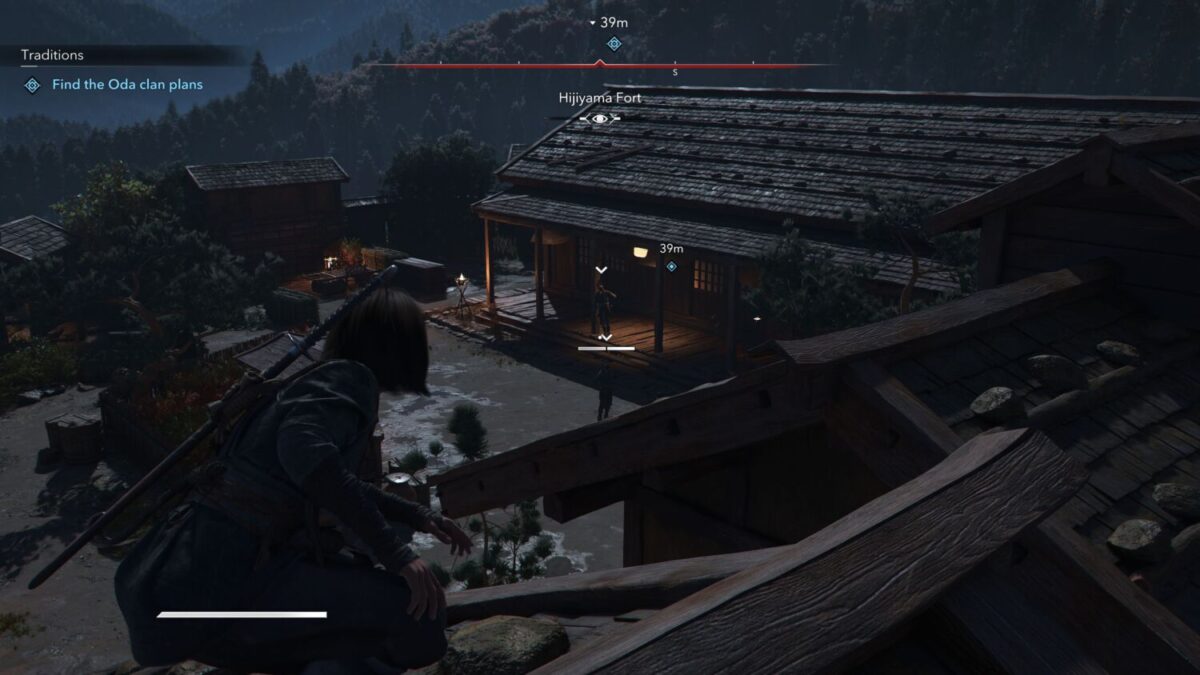
Stealth has also evolved from recent entries, introducing two series firsts. The first is the ability to go prone and hide in low patches of vegetation or crawl through tiny gaps, while the other is a light and shadow mechanic similar to games like Splinter Cell, which reduces or even eliminates visibility in areas of darkness. This is visualised via a small meter at the top of the screen, which tells players how visible they are while in a particular spot, if at all.
With these new systems, stealth runs now possess a tactical nature never seen before in an Assassin’s Creed title, with players always having multiple choices to tackle each situation. Sneaking in the daytime is still a viable option with smart usage of hiding spots, corners or rooftops, but at night, stealth really opens up as players can essentially head to their intended target head-on, provided they can effectively make use of darkness, extinguishing or destroying light sources and staying low along the way.
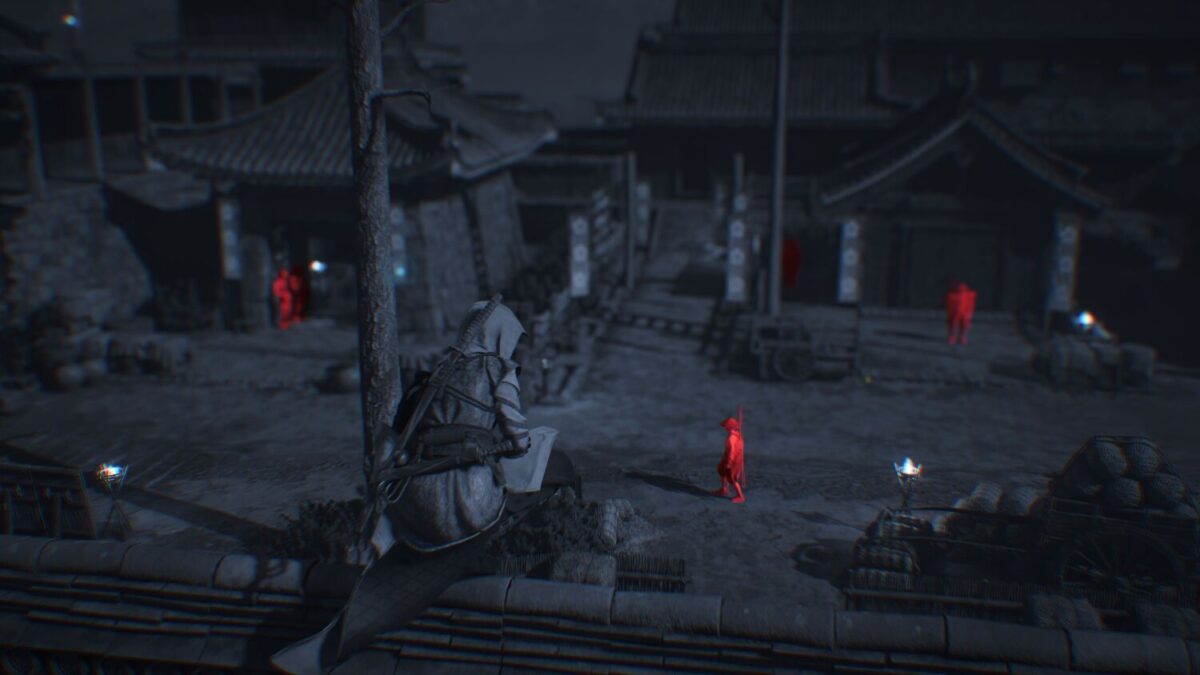
To assist in stealth, classic eagle vision makes a return, no longer bound by an actual eagle but more of an x-ray vision that can be toggled to see enemies through walls, similar to older entries in the series. A new observation and tagging mechanic has also been introduced, allowing players to tag foes by holding down the aim button, and hovering the cursor above a target (even through walls when used in conjunction with eagle vision). This sounds overpowered, and it is, but these features are purely optional and used to a player’s liking. The catch is that while there are two types of gameplay options based on the diversity of each main character, only Naoe can use specific stealth abilities, as Yasuke’s size and heavy equipment make stealth runs unviable.
But no matter the chosen character, combat is always an option, and Ubisoft has evolved its core combat systems to become one of the most reactive and impactful in the series to date. Its fundamental mechanics of light and heavy attacks, alongside timed parrying and dodging, remain present, but are now tied together by the posture attacks, performed by holding down either attack button.

This change might seem simple on the surface, but it completely alters the flow of combat due to the newly added armour system for foes and enhanced enemy AI. Simply hacking away using standard attacks no longer becomes a viable tactic, as enemies often react realistically to a player’s actions, either by dodging away from heavy attacks, or blocking light ones.
Most foes also don armour, presented by a yellow bar above their standard health meter, which massively reduces the damage taken when attacked with standard strikes. Posture attacks then become a key component of combat, as it is the most effective way to break an opponent’s block or destroy their armour. And due to the proper timing needed to perform such attacks, combat flows like more of a dance than simply button mashing, requiring proper observation and appropriate reaction to their moves which harkens back to the systems seen in earlier pre-RPG era titles.
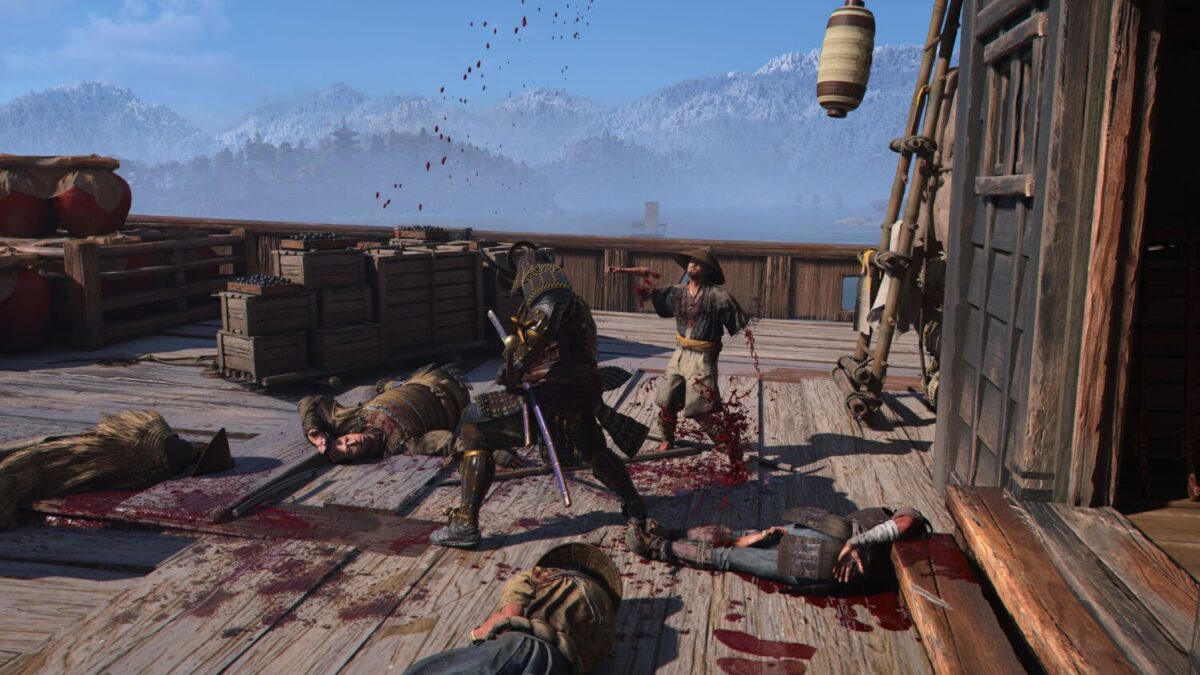
It also helps that attacks feel substantially heftier here compared to recent entries, as weapon impacts are not only visceral but also connect with their intended targets in a more satisfying manner. To use an analogy – hitting enemies with swords in previous outings like Origins or Valhalla feels more like slicing through tofu, whereas here, it’s more like chopping a carrot. Not every action in the game sees this same amount of polish though, as firearms lack power and kickback, and Yasuke’s parry animation feels slightly disconnected and unnatural at times.
On the topic of armaments, both protagonists have access to different tools and weapons, which in turn has an impact on gameplay. Yasuke’s combat-focused nature allows him to wield a choice of three melee weapons: a balanced long katana, a crowd-clearing naginata polearm and a heavy kanabo war club that’s slow but deadly, alongside two ranged weapons – a high-damage but slow-to-fire teppo rifle and a silent yumi bow.

Naoe, on the other hand, only has a choice of three main melee weapons: a short katana, a speedy tanto dagger and hidden blade combination, and a kusarigama flail for crowd control. In the place of ranged weapons, she possesses tools centred around stealth instead, including Kunai throwing knives, smoke bombs for quick getaways, and bells for distractions.
Each weapon also features unique unlockable skills, and around three to four equippable special attacks that can turn the tide in a player’s favour, such as a series of quick strikes that decimate a foe’s armour, or ones that sweep the area to provide much-needed breathing room. By picking a weapon along with its associated skills and investing in them, players are able to build up both characters to their liking, with every weapon even providing distinct playstyle-altering abilities that play to their strengths, such as Yasuke’s kanabo that can be upgraded to focus on mixing and matching light and heavy attacks to string devastating combos.
These upgrades tie into the game’s updated progression system, which at first might seem complex, but gets easier to understand with extended playthrough. Apart from gaining experience points by killing foes, discovering new locations and completing missions, players will also gain knowledge points by completing side activities spread out around Japan. These range from universal tasks that can be completed by either character, like praying at shrines, to character-specific ones, with Naoe having access to Kuji-Kiri, a quick-time-event-styled meditation mini-game, and platforming challenges known as Paths, while Yasuke can partake in Kata weapon training as well as Horse Archery challenges.
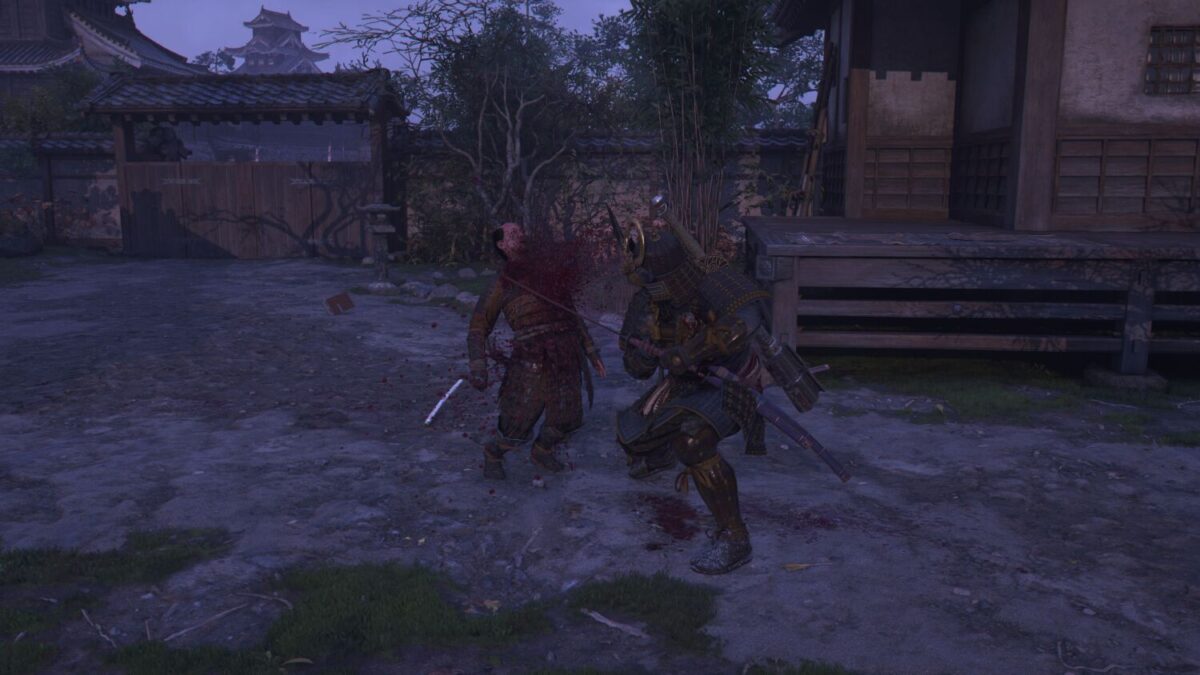
After gaining a certain amount of knowledge points, each character will gain a mastery level, of up to six, with each level unlocking new skills that are either tied to a specific weapon, or general character abilities to aid combat or stealth, and up to six skill branches each. To unlock these skills, players must then invest a mastery point, which is gained by levelling up or completing certain missions and activities.
With side activities being so rooted in character progression, exploration is not only encouraged, but required to unlock the best skills. This might seem like a chore to constantly seek them out across the map, but based on personal experience, side activities are often littered along main routes to and from missions, so discovery is usually organic, which further cements the game’s push to promote meaningful exploration in favour of needless bloat.
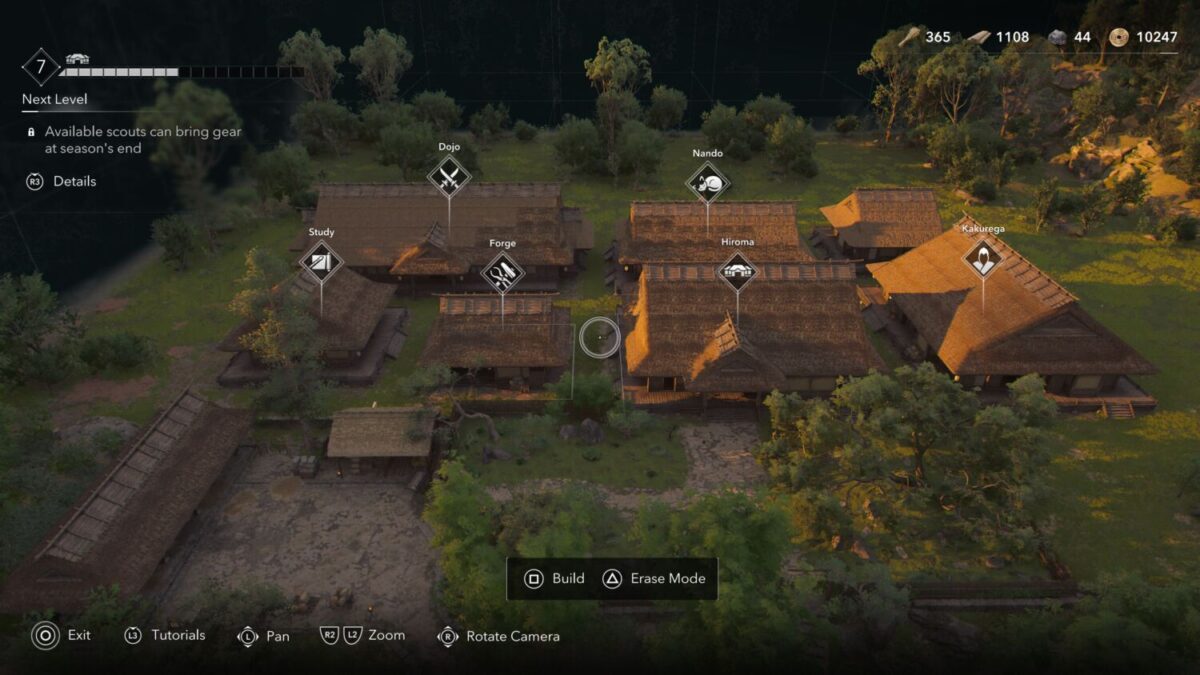
Outside of missions and activities, the game also includes a management element, with an upgradable home base that can be built and enhanced using materials found throughout the world, providing various gameplay benefits such as scouts, which can be used to identify mission locations and opportunities via the map (on its default settings, mission markers are not provided to players, instead offering clues to its locations based on landmarks on seen on the map) or collecting base upgrading resources in bulk.
Scouts are only available in a limited capacity and can be refilled using in-game currency, or the progression of time via the game’s season system, which dynamically changes across the four seasons as time progresses, offering not only a change in scenery but affecting gameplay as well. In Winter, for example, paths covered in thick snow can reduce movement speed, and vegetation will be baked in snow and prevent its use as a hiding spot, while Spring brings about higher rainfall that can be used to mask the sound of footsteps for added stealth advantages, resulting in gameplay feeling consistently dynamic and requiring players to adapt on the fly.
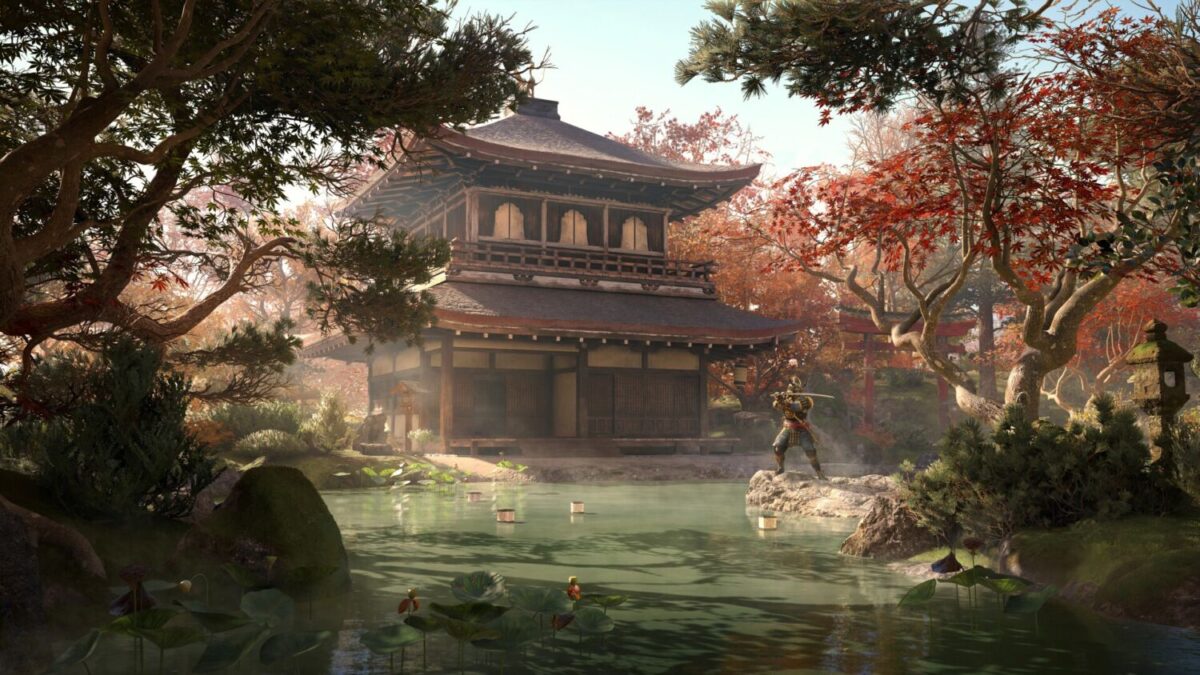
It might seem that Ubisoft is doing everything right, judging by its many evolutions made to core mechanics, but alas, its transition to a true dual protagonist system ironically brings about its biggest flaw – flexibility. On paper, having two characters with distinct playstyles seems like a great idea, but its execution leaves much to be desired, with both characters each possessing jarring limitations that prevent them from truly standing on their own.
While Yasuke might be a master at direct confrontation and combat, his large stature prevents him from sneaking effectively, and he suffers from one major downside – he is unable to parkour or even climb anything that is remotely taller than he is. This essentially saps away his usefulness during exploration, as most open-world activities like eagle viewpoint synchronisation or anything requiring climbing to progress, such as the collection of “lost pages”, a variant to the aforementioned side activity, simply can’t be completed with him. By forgoing such an essential component of Assassin’s Creed gameplay, it feels like the game is actively encouraging players to only use Naoe outside of certain character-specific moments, making Yasuke’s inclusion in the title seem tacked on just for variety’s sake, and less of a viable character choice.
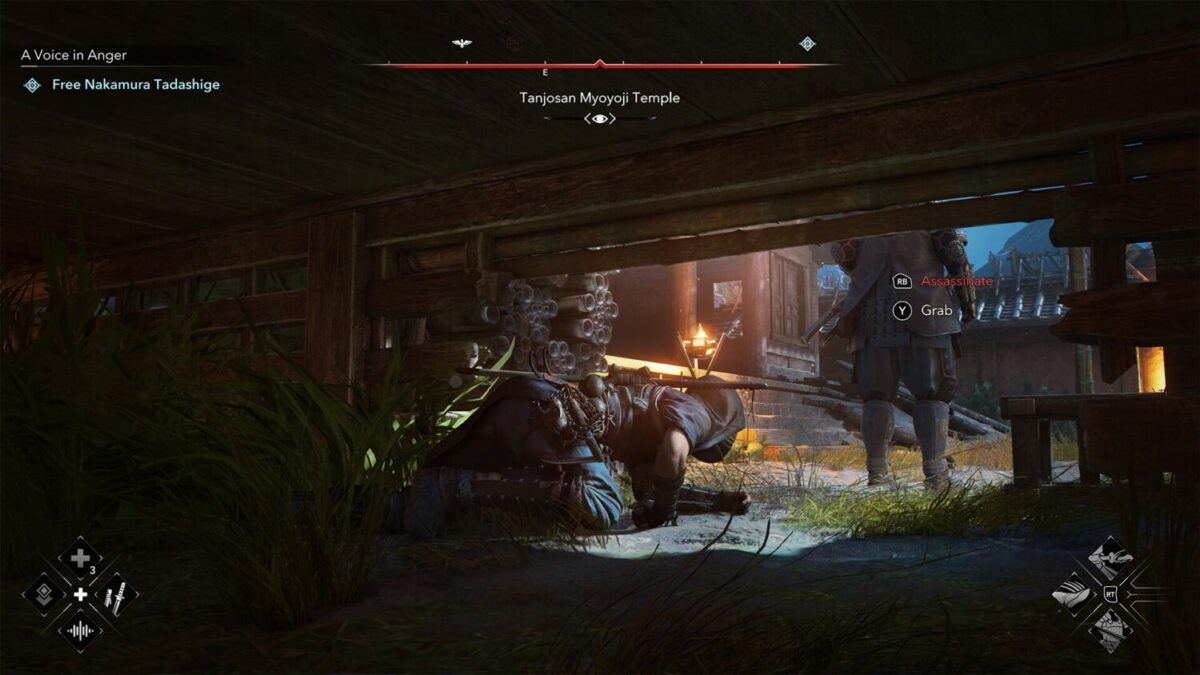
Naoe comes with her fair share of issues too, namely with how fragile she is. Even at a higher level outfitted with pure legendary equipment, it only takes around two to three good hits before it’s game over, which itself isn’t a problem if a player is given the option to play entirely in stealth as intended, but the game does present instances of unavoidable forced combat during some missions, mostly revolving around boss fights, which can be frustrating especially when she is swarmed by multiple foes with no room for escape.
These problems could have been alleviated if the game featured a single protagonist who could change playstyles on the fly, similar to past entries, or even a system to swap characters mid-fight similar to games like Marvel’s Ultimate Alliance or Samurai Warriors, but as it stands, this simply isn’t possible here, as characters can only be swapped outside of combat and enemy territory, the very instances where switching characters would be most ideal. Strangely, despite its push for gameplay flexibility with dual protagonists, Assassin’s Creed Shadows ends up feeling much more restricted during moment-to-moment gameplay than other titles in the series.
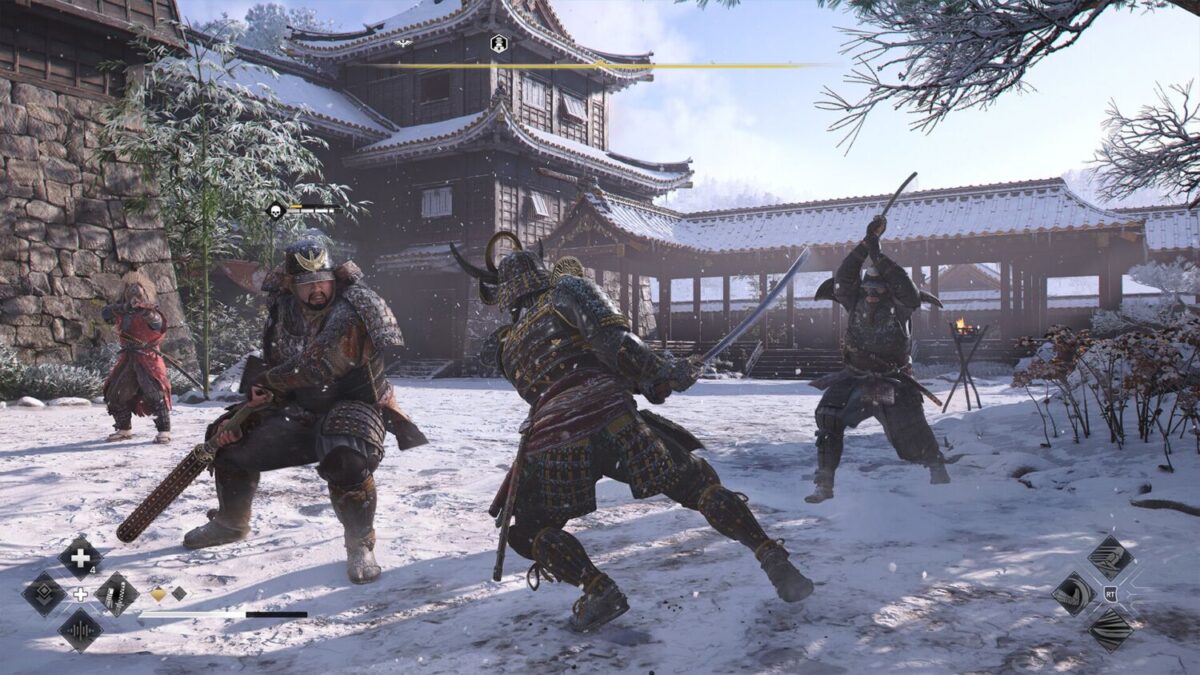
To be fair, the game does try to balance this out with its segmented mission structure, where at certain points during some main quests, usually after a cutscene, it presents the choice between the control of either character. This choice isn’t merely a cosmetic one, as mission objectives will change depending on the selection, tasking Yasuke with combat and Naoe with stealth accordingly, which adds a layer of variety and replayability across said missions.
Even so, the game still ends up feeling like it’s unsure of its identity, offering players the allure of true gameplay flexibility while heavily restricting their choices when it matters most. Yasuke definitely gets the short end of the stick here with his lack of traversal and stealth options, which makes the game seem like it was built from the ground up with Naoe as its sole main character, only to have Yasuke shoehorned in midway. Its missteps on this front don’t take away from the enjoyment of its core fundamentals too much, though, instead merely serving as a frustration of what could have been.

The game’s unfortunate handling of its dual protagonist system hits harder considering how well it tackles its other aspects, as apart from offering the most streamlined and enjoyable open world, and the deepest stealth and combat systems in recent memory, it’s also the best-looking Assassin’s Creed game to boot. This should come as no surprise, considering this is the first title in the franchise to be built solely for current-generation hardware, and its results speak for themselves.
From texture quality to environmental detail, what’s on offer here is a huge step up compared to previous titles, with its dense vegetation and impressive landscapes on full display alongside impressively vast view distances. Thanks to its season system, environments are not only a marvel to look at, but diverse too, with each change of season bringing about something spectacular to behold, like leaves littering the ground during the height of Autumn that get kicked up realistically when players ride past, or the abundance of god rays present during Summer that seep through tree canopies to emulate a sense of warmth while trekking beneath.
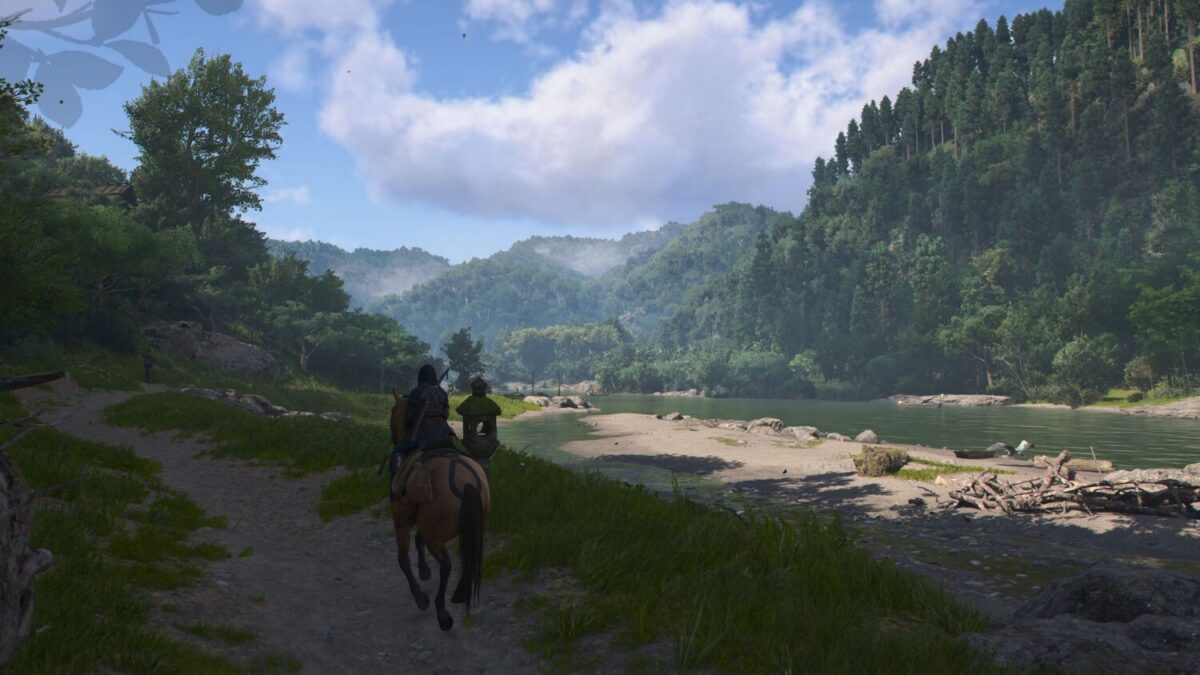
The enhanced visual fidelity also extends to the game’s animations, with the huge bump in hair, fur and facial animation quality making the title the most immersive the series has been in a long time, further aiding both the game’s cutscenes and a player’s emotional connection to its plot to an impressive degree. Lastly, each of the game’s nine regions also features distinct environmental storytelling, some examples including the war-torn Harima province surrounded by charred battlefields littered with corpses, or Omi, with the massive Lake Biwa in its centre, the subject of many a spiritual journey or pilgrimage. Opportunities to stop and admire the views are plenty, with no shortage of jaw-dropping sights with every new region discovered.
In certain aspects, Assassin’s Creed Shadows marks a significant step forward for the franchise, balancing its solid gameplay foundations with a fan-favourite setting and open world that’s not only enjoyable to explore but a sight to behold too. It’s too bad then that the game suffers from the consequences of its own ambitions, with its push for two distinct playable characters having a detrimental effect on its flexibility instead. Still, these annoyances take little away from the fact that the game shines in almost every other aspect compared to its predecessors, but as the saying goes, “If it ain’t broke, don’t fix it”, so perhaps it would have benefitted from sticking to and improving on what works.
GEEK REVIEW SCORE
Summary
Despite being a victim of its own lofty ambitions, Assassin’s Creed Shadows marks a significant step up for the franchise, and a satisfying return to form.
Overall
8.5/10-
Gameplay - 7.5/10
7.5/10
-
Story - 8/10
8/10
-
Presentation - 9/10
9/10
-
Value - 9/10
9/10
-
Geek Satisfaction - 9/10
9/10

